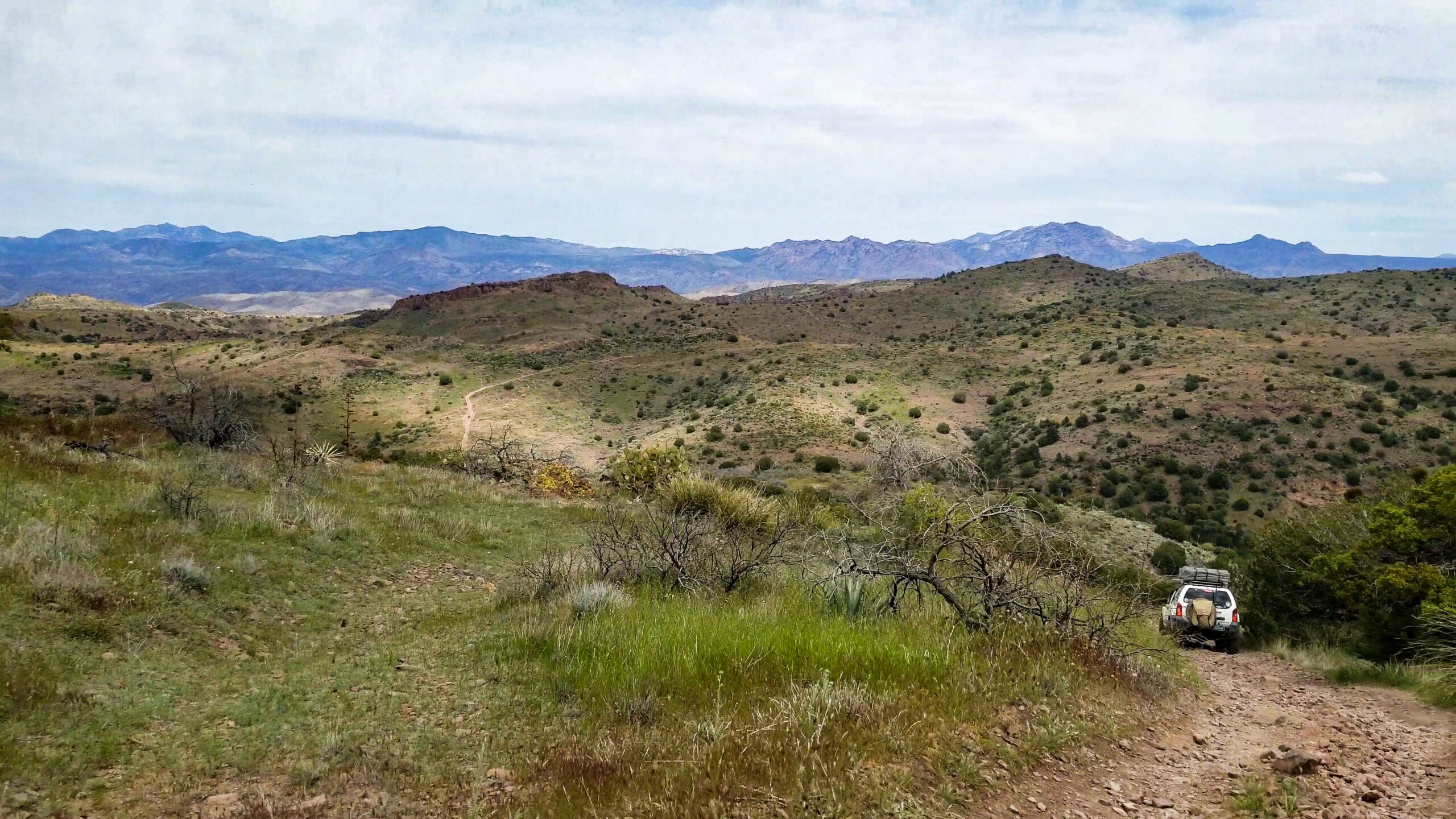Your cart is currently empty!
Posted in
Press Release Contact Kim Kaplan
BOISE, IDAHO, August 10 2021—Using cattle grazing to create firebreaks on landscapes invaded by cheatgrass has successfully contained three rangeland wildfires in four years in the Great Basin—the latest being the Welch wildfire near Elko, Nevada, on July 18.
U.S. Department of Agriculture Agricultural Research Service (ARS) researchers are conducting a large study evaluating the technique, called targeted cattle grazing, for creating fuel breaks to help contain wildfire while not causing grazing-related damage to rangeland health.
Targeted grazing uses cattle in the early spring to eat extensive strips of highly flammable cheatgrass down to 2- to 3-inch stubble in strategic places. This reduces the fuel load that can otherwise turn small rangeland fires into megafires in a matter of hours.
“These fuel breaks are intended to slow a fire’s rate of spread, make it less intense, and provide time and space for firefighters to arrive and more safely attack and contain the fire,” explained ARS rangeland scientist Pat Clark with the Northwest Watershed Research Center in Boise, Idaho, who directs the project. “That’s just what appears to have happened for the Welch fire.”
Before it reached the targeted grazing fuel break, the Welch fire “generally had 2- to 4-foot high flames and was spreading at a rate of about 20 chains/hr [1 chain=66 feet],” according to the fire report.
Tags:
You may also like…

Visit the AZBackroads.com Store

Please Become A Member
We need your help to keep our backroads open. Please join today!







